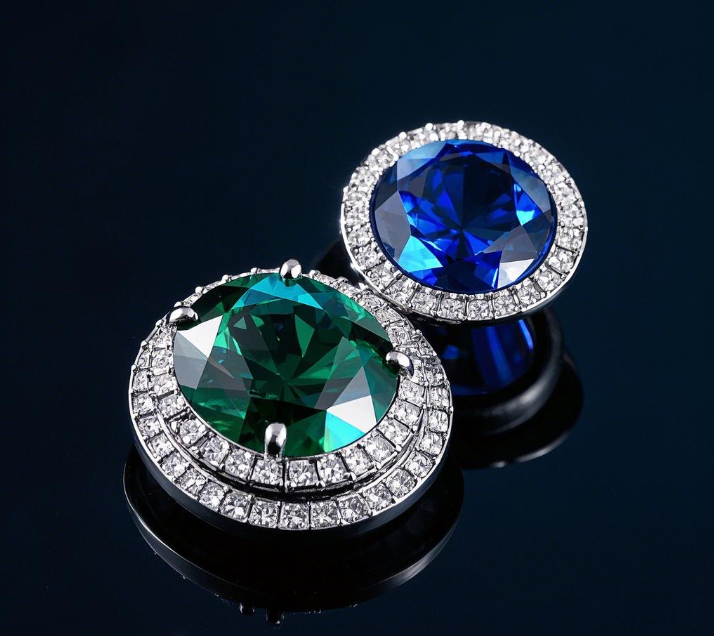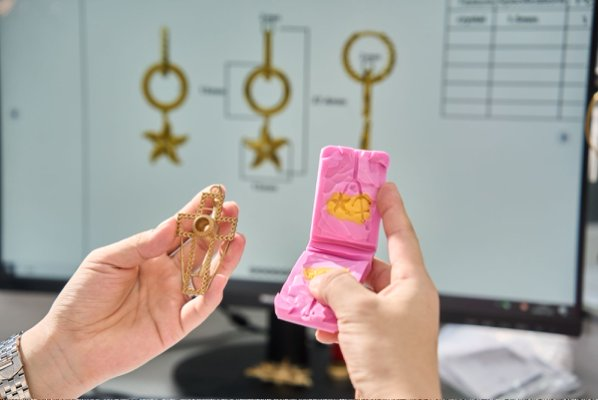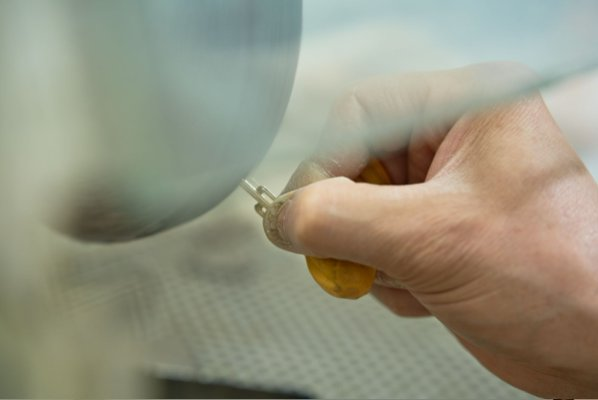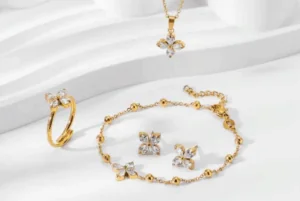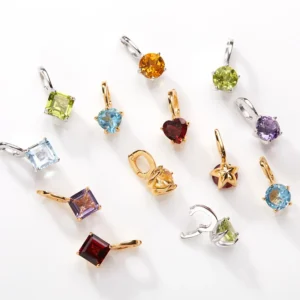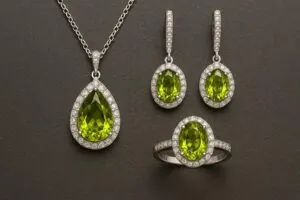Jewelry manufacturing is a precise and highly skilled craft, where every step of the production process affects the quality and consistency of the final piece. From material preparation to finishing, professional techniques ensure that each item meets strict standards and reflects careful craftsmanship.
In the following sections, we provide an overview of key manufacturing processes that contribute to high-quality jewelry, highlighting the methods that professional brands rely on to achieve consistent results and distinctive appeal.
Jewelry Mold Making
As part of jewelry manufacturing, jewelry mold making can turn the design into a physical object. During this process, reliable forms need precise gating systems, shrinkage calculations, and temperatures. Artisans add micro vents at strategic points to avoid air pockets when injecting molten metal. While combining vacuum casting with vulcanized rubber or silicone molds, even microscopic filigree stays intact. It’s among the most crucial jewelry-making techniques to replicate detailed designs.
The choice of mold material determines the accuracy and detail reproduction of the finished jewelry. Platinum-cured silicone with high tear strength and low expansion rate delivers replications over countless casting cycles. With optimized heat tolerance, vulcanized rubber assures no warping or micro-cracking under repeated stress. Such formulations maintain accuracy in every ridge and groove. It backs demanding jewelry-making techniques for long mold life and detail retention.
Jewelry Casting
Jewelry casting shapes metal alloys while injecting them into custom-engineered molds that tolerate extreme heat. It allows jewelers to replicate razor-thin filigree and micro-pavé settings with negligible structural compromise. Remember, it’s an important part of jewelry-making techniques because it combines high-temperature metallurgy with flow dynamics. That precision validates that even the most multifaceted patterns are consistent from one cast to the next.
Lost-wax casting creates a wax model, encases it in heat-resistant investment, and burns out the wax to form a cavity. Experts integrate 3D-printed resin molds to refine older protocols for lower thermal shock and porosity issues. Such hybrid approaches are now among the most cutting-edge jewelry-making techniques for faster iteration and near-flawless results. Vacuum-assist systems and rapid-cooling chambers also boost metal density, yielding stronger, more detailed pieces.
Surface Finishing
The surface treatment process is a critical step in giving the piece its ultimate beauty and texture. Polishing uses diamond slurries or high-grade cerium oxide for mirror-like clarity. Sandblasting employs controlled microbead or aluminum oxide particles for uniform matte surfaces without harming metal hardness. Texturing can implicate needle-like burs or acid-based etching to develop micro-patterns that boost optical contrast. Such processes are key to progressive jewelry-making techniques and demand monitoring of pressure, duration, and compound selection.
High-quality finishing accentuates every design angle with multi-step polishing to preserve sharp facets. Micro-sandblasting can create subtle, non-reflective regions that highlight adjacent polished zones. Hand-engraved textures or hammered finishes add complex topography. It traps light differently and enriches precious metals’ visual depth. Such methods define high-end jewelry-making techniques so that each piece feels uniquely crafted yet structurally strong.
Gemstone Setting
Stone setting is beyond a decorative element. It shows how well each gem is secured, how light reflects through the pavilion, and how much metal is exposed around the girdle. Master setters use seat cutting for low stress on the stone and clarity under magnification. Every subtle angle and claw thickness matters because a poorly aligned setting can cause micro-fractures or a tilt to affect brilliance. It sets apart jewelry-making techniques from basic craft approaches.
Various setting techniques combine gemstones and metals to deliver perfect jewelry pieces. Prong settings balance tension across slender supports, refined through laser welding for durability. Bezel settings need exact metal shaping to encircle the gem without thickening the visual profile, so gravers help trim the seat. Channel settings count on steady channel depth and calibration of stone diameters for a uniform line. Pavé demands micro-beads at precise distances, so each stone locks into the grid without rocking. Such jewelry-making techniques from senior artisans demand a steady hand and learning metal deformation and gem tolerances.
Electroplating
In jewelry-making techniques, electroplating uses electrolyte chemistry, voltage control, and systematic cleaning protocols for even metal deposition. The item to be plated (cathode) is immersed in a metallic salt solution while connected to a DC source. It causes ions from the anode to bond at a microscopic level. The process offers strong adhesion with minimal use of precious metals, which renders it cost-effective and visually appealing without losing durability.
In electroplating, gold, platinum, and palladium help elevate pieces with luxurious finishes that can reach a few microns or more in thickness. When refining your jewelry-making techniques, remember that each metal type offers unique conductivity, corrosion resistance, and luster profiles. For example, platinum plating forms a dense protective layer that boosts surface hardness, while gold plating jewelry introduces warm tones with varying karat contents for custom design flexibility.
Partner with Star Harvest
The five key jewelry manufacturing processes—mold making, casting, surface finishing, electroplating, and gemstone setting—form the backbone of high-quality jewelry production. Each step requires precision, consistency, and strict quality control to ensure that the final pieces meet professional standards.
At Star Harvest, these processes are carried out with proven expertise and meticulous oversight, promising brands well-crafted jewelry pieces. For example, our precision casting transforms wax models into flawless metal forms, advanced surface treatments create consistently smooth and refined finishes, professional electroplating adds durable and even coatings, and expert gemstone setting ensures stones are securely and elegantly placed.
Through skilled processes and expert craftsmanship, we can provide brands with consistently high-quality jewelry. Get in touch today to experience reliable jewelry production you can trust.

